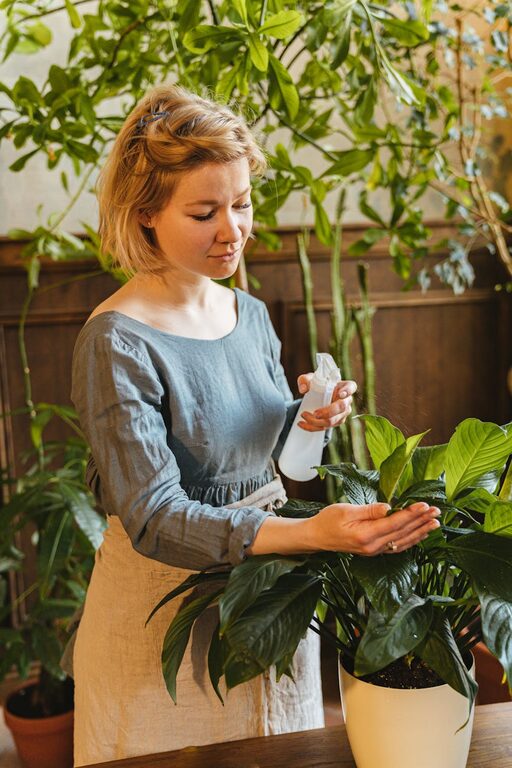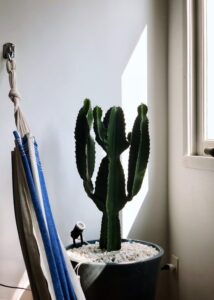Tips for Keeping Your Houseplants Healthy and Thriving

Bringing houseplants into your home adds a touch of nature and freshens up any space. But keeping them healthy and thriving can sometimes feel like a challenge, especially if you’re new to plant care. Fortunately, with a few simple strategies, you can ensure your indoor greenery flourishes. This guide offers practical tips to help you maintain happy, healthy houseplants.
Understanding Your Houseplants’ Needs
Every plant species has its own preferences when it comes to light, water, and soil. The first step to keeping plants healthy is learning about what your specific plants require.
– Identify Your Plants: Knowing the name or type helps you find tailored care advice.
– Read Care Labels: Many plant pots come with care instructions—keep them handy.
– Research Light Needs: Some plants prefer bright, indirect light; others thrive in shade.
Understanding these basics will guide your care routine and prevent problems.
Providing the Right Lighting
Natural vs. Artificial Light
Plants perform photosynthesis, which depends on light. Place your houseplants where they receive the right amount of light based on their preference.
– Bright Light: Succulents and cacti often need several hours of direct sunlight.
– Moderate Light: Many tropical plants do well with bright, indirect sunlight.
– Low Light: Some species, like snake plants or pothos, tolerate low light conditions.
If natural light is limited, consider using grow lights designed for indoor plants.
Tips for Managing Light
– Rotate plants regularly so all sides get light evenly.
– Use sheer curtains to diffuse intense sunlight indoors.
– Move plants seasonally as light levels change.
Watering Wisely
Overwatering is one of the most common reasons for houseplant problems. It’s important to understand when and how much to water.
How to Water Correctly
– Check the Soil: Insert your finger about an inch into the soil. If it feels dry, it’s time to water.
– Water Thoroughly: Water the soil until excess drains out of the pot’s drainage holes.
– Avoid Waterlogging: Never let pots sit in standing water; empty saucers after watering.
Tailoring Watering Frequency
Water needs vary by plant type, pot size, and environment. As a general guideline:
– Tropical plants usually enjoy moist soil.
– Succulents and cacti need less frequent watering.
– Indoor humidity and temperature also influence water requirements.
Additional Watering Tips
– Use room-temperature water to avoid shocking roots.
– Consider bottom watering for plants sensitive to wet leaves.
– Adjust watering during winter months when growth slows.
Choosing the Right Pot and Soil
Pot Selection
The container size and type affect plant health.
– Size Matters: Choose pots slightly larger than the root ball to avoid water retention issues.
– Drainage Holes: Essential to prevent soggy soil and root rot.
– Material: Terracotta pots allow better air exchange compared to plastic.
Soil Mix
Using proper soil prevents compaction and supports root growth.
– Use a well-draining potting mix suited to your specific plant.
– Add components like perlite or sand for succulents to enhance drainage.
– Repot plants every 1-2 years to refresh the soil and support growth.
Feeding Your Plants
Plants absorb nutrients from the soil, so occasional fertilizing helps maintain their vigor.
– Use a balanced, water-soluble fertilizer formulated for houseplants.
– Follow recommended application rates; more fertilizer isn’t always better.
– Fertilize primarily during the growing season (spring and summer).
– Avoid fertilizing dormant plants in fall and winter.
Maintaining Proper Humidity and Temperature
Indoor plants generally prefer moderate humidity and stable temperatures.
– Many tropical plants thrive in humidity above 40%. Use a humidifier or pebble tray if air is dry.
– Avoid placing plants near drafts, heating vents, or air conditioners.
– Room temperatures between 65-75°F (18-24°C) are ideal for most houseplants.
Pest Prevention and Management
Houseplants can attract pests such as spider mites, aphids, or fungus gnats.
– Inspect plants regularly for signs of pests or disease.
– Wipe leaves gently with a damp cloth to keep them clean.
– Use natural remedies like insecticidal soap or neem oil if pests appear.
– Quarantine new plants before adding them to your collection to avoid spreading pests.
General Tips for Thriving Houseplants
– Prune dead or yellowing leaves to encourage healthy growth.
– Clean leaves periodically to improve photosynthesis.
– Keep a watering and care schedule to avoid neglect.
– Be patient: Plants can take time to adjust when moved or repotted.
Conclusion
With a little attention and care, houseplants can brighten your home and improve your well-being. By understanding each plant’s specific needs and following the basic tips on lighting, watering, soil, and feeding, you’ll create a healthy environment where your plants can thrive. Enjoy watching your indoor garden flourish!




